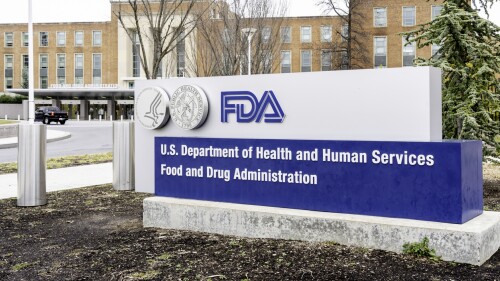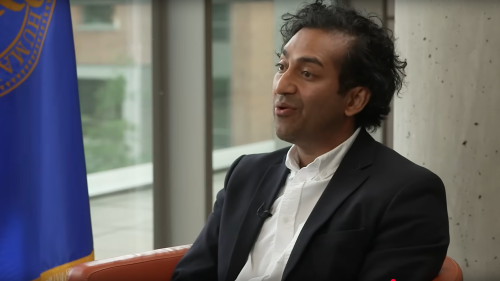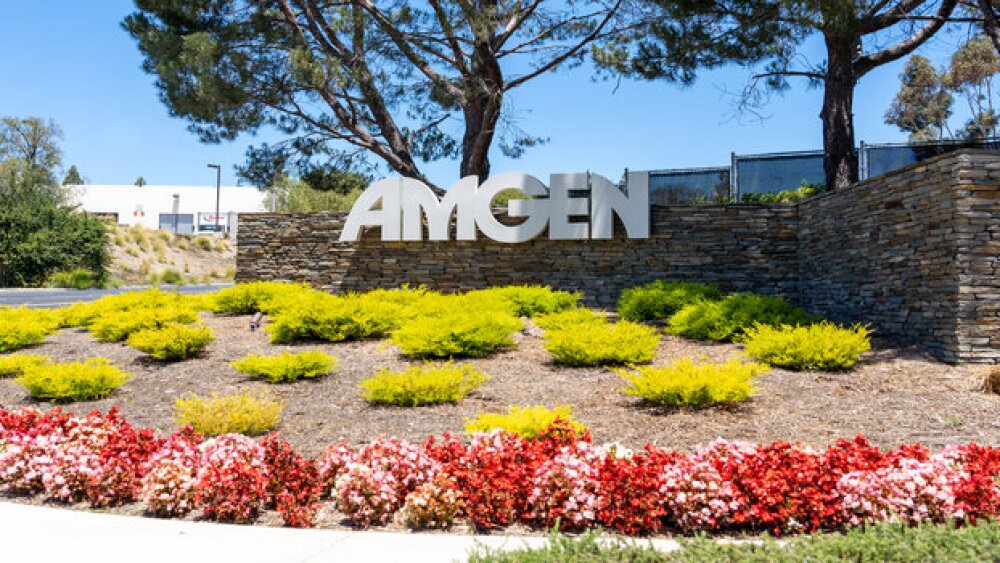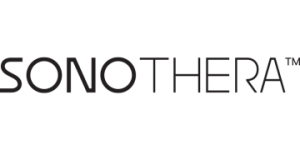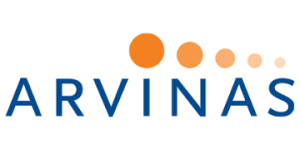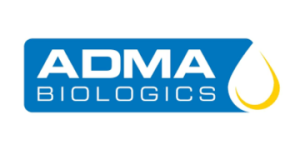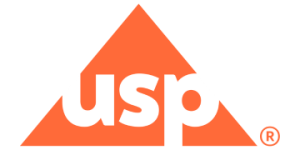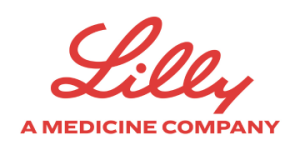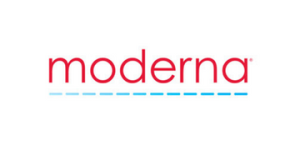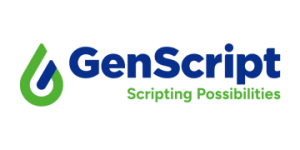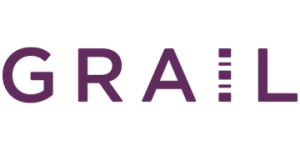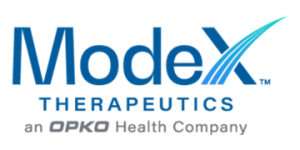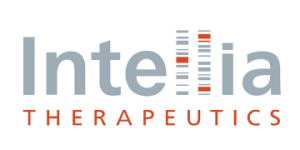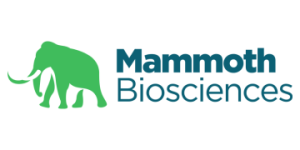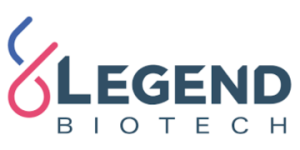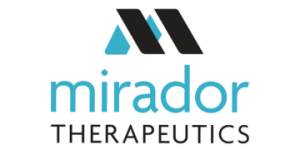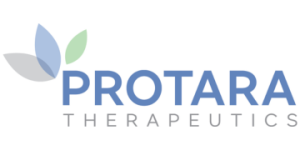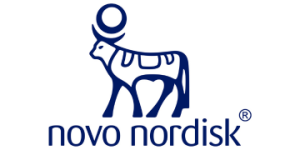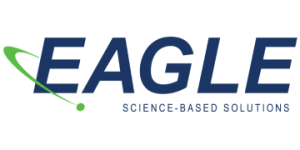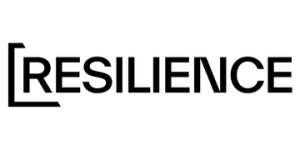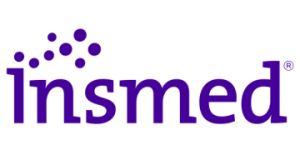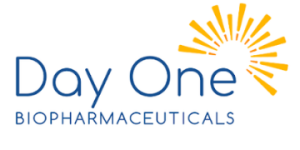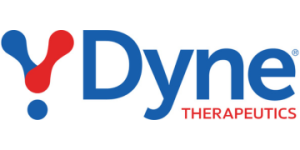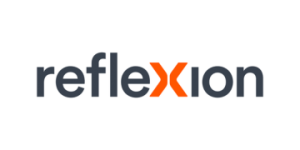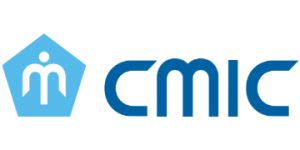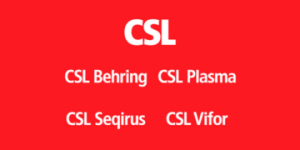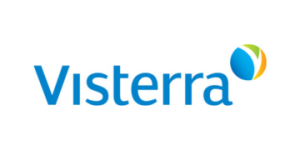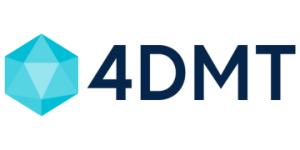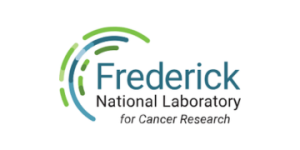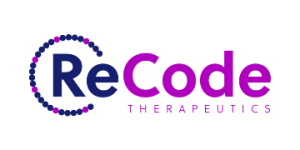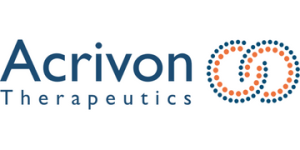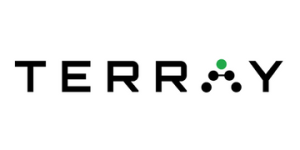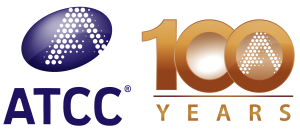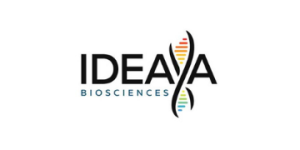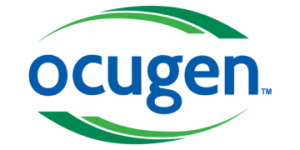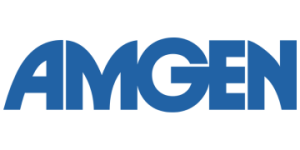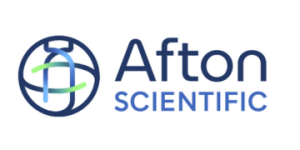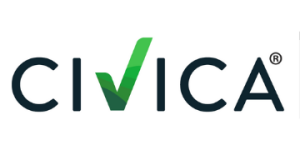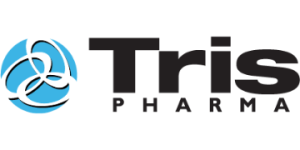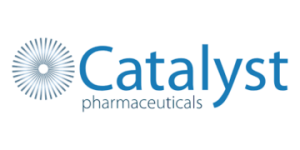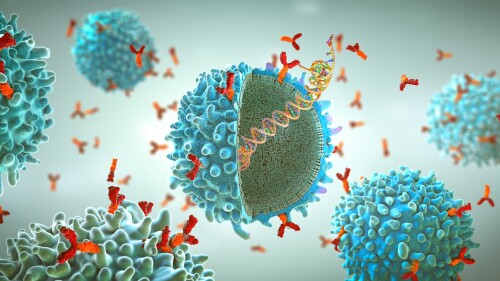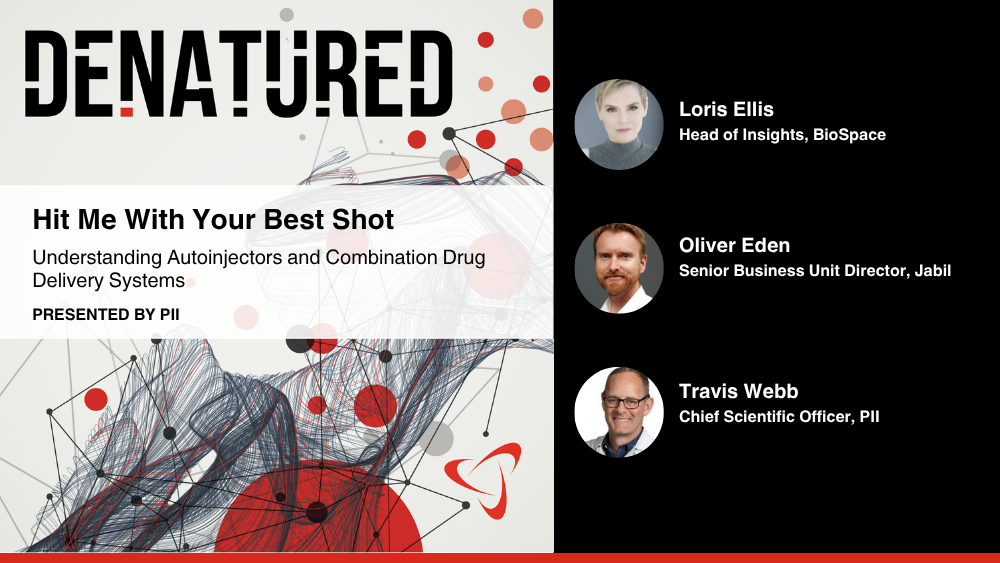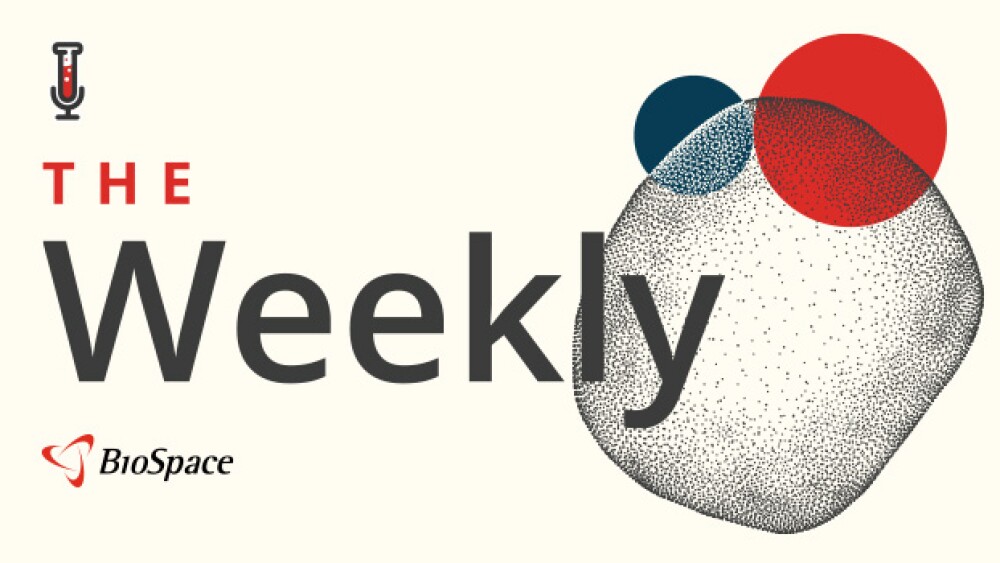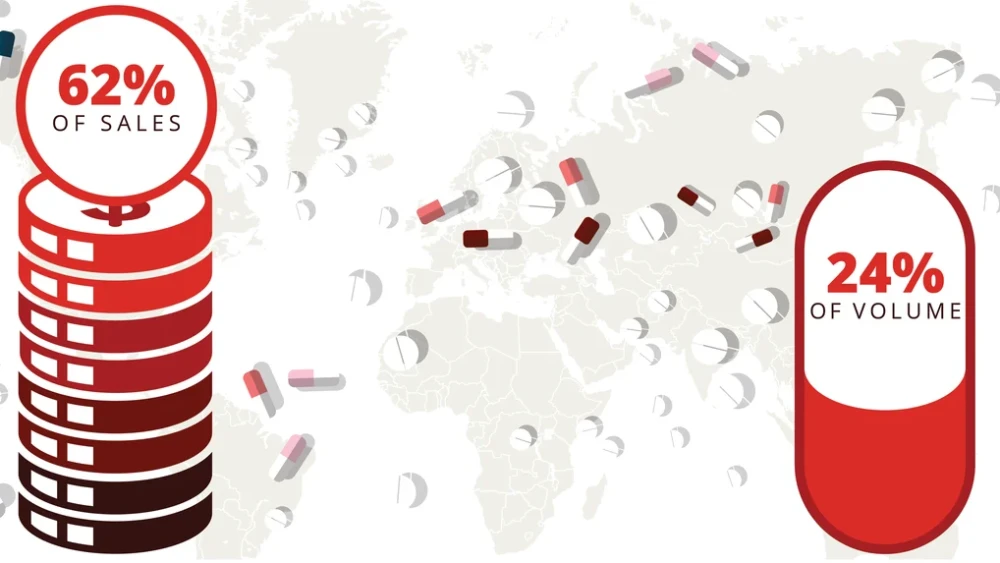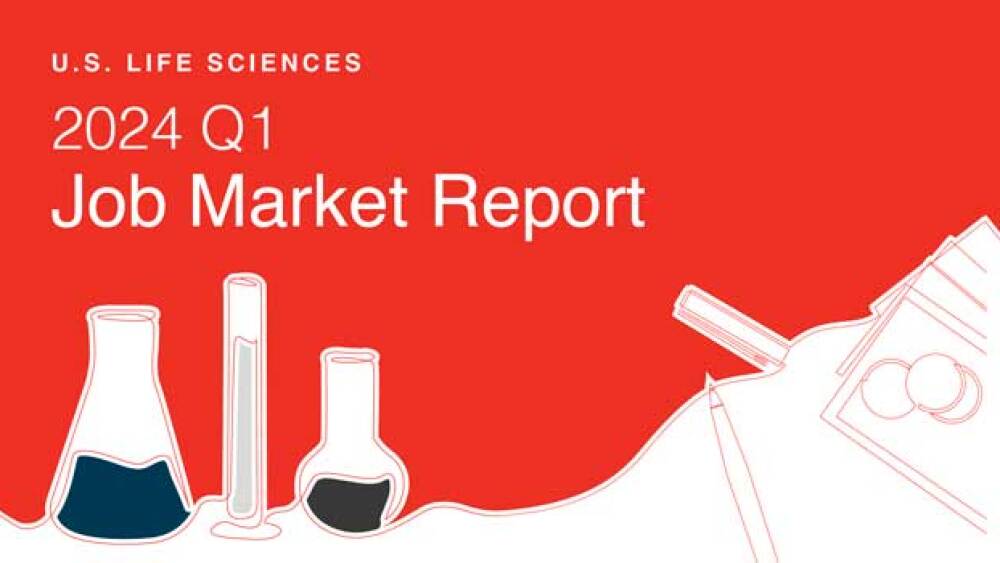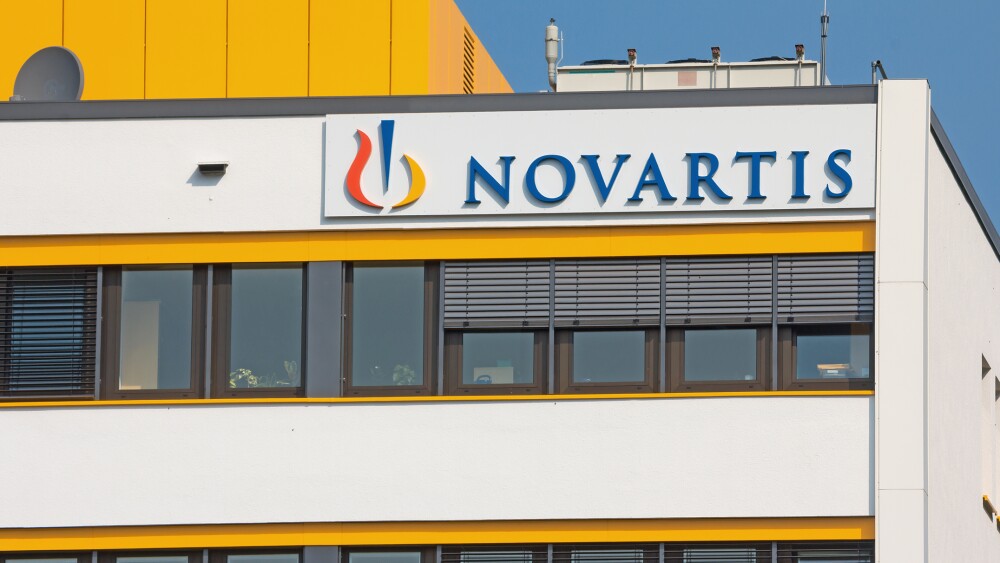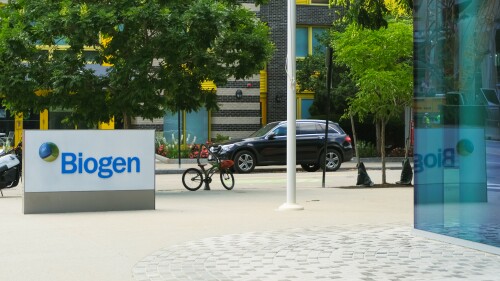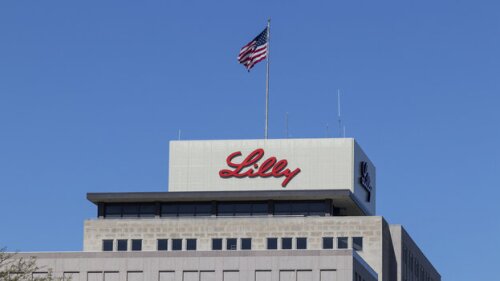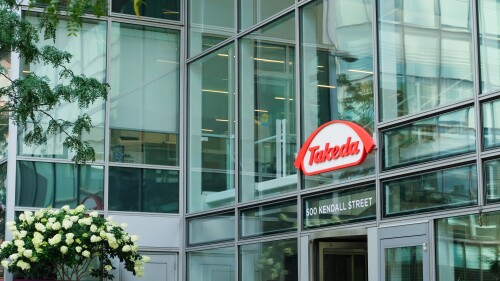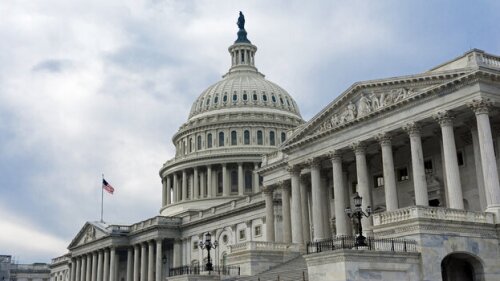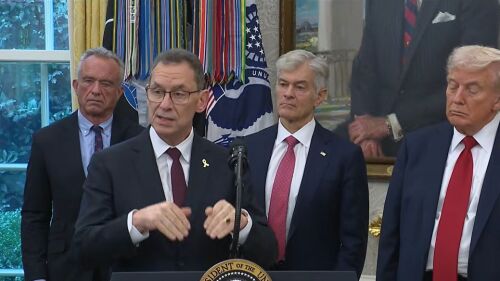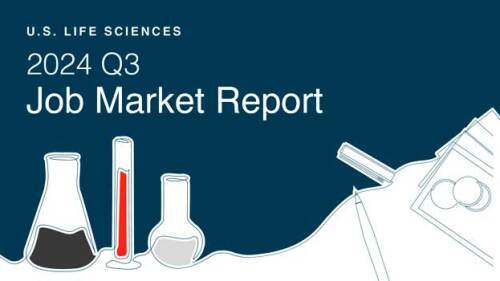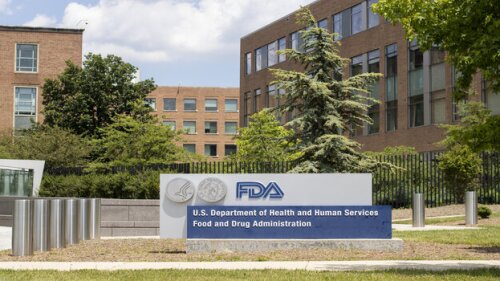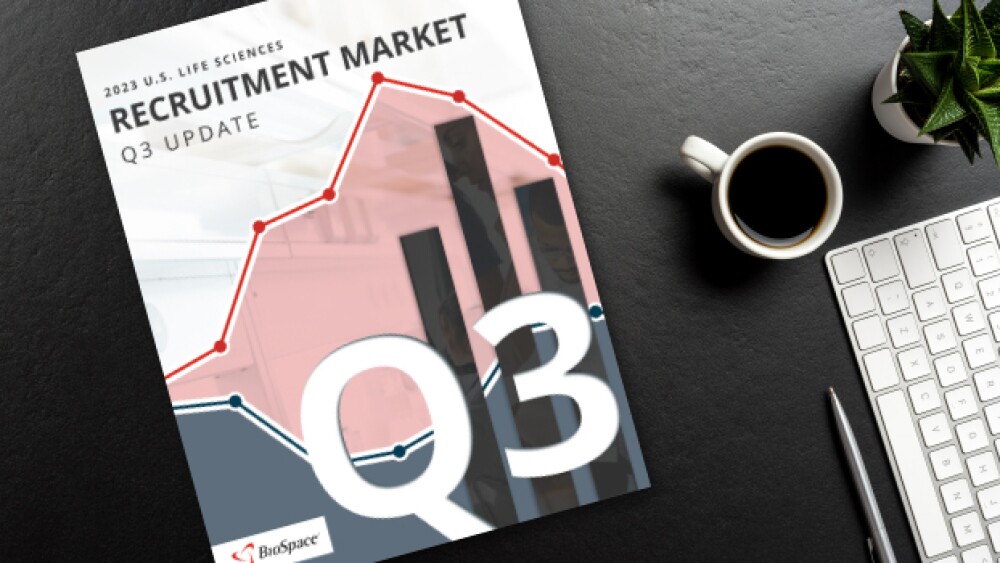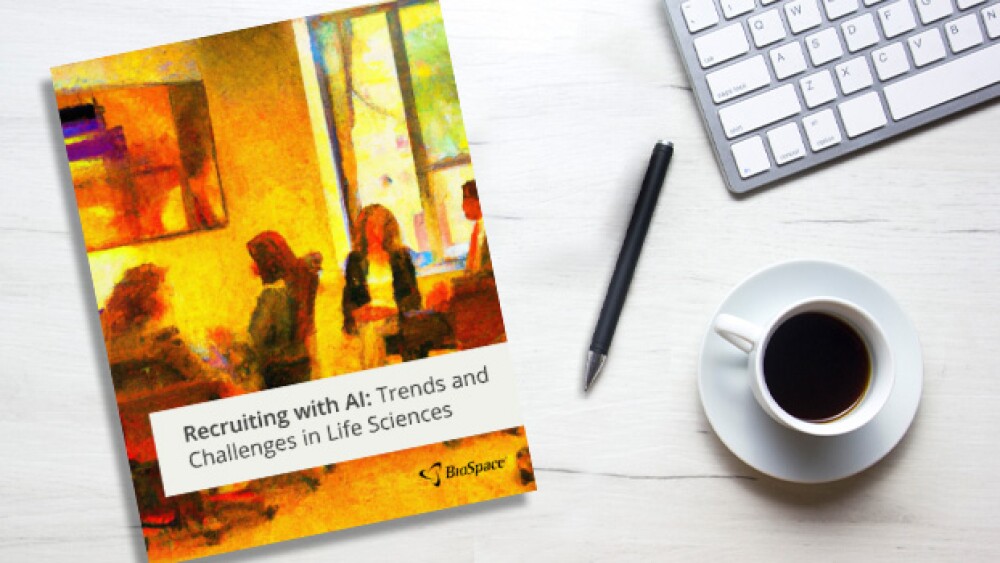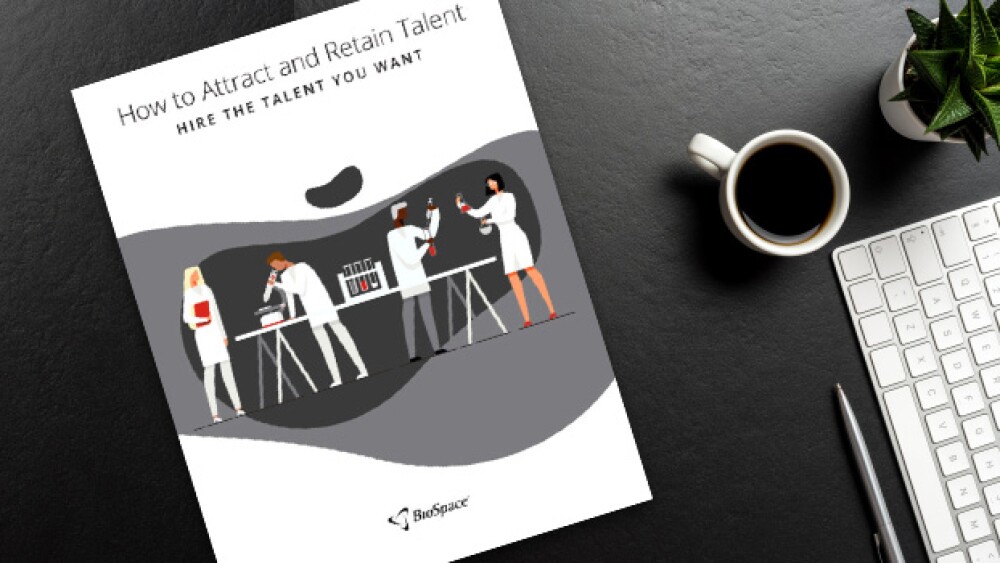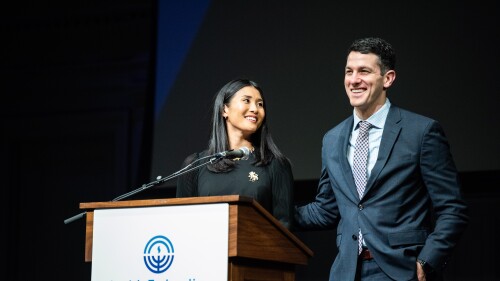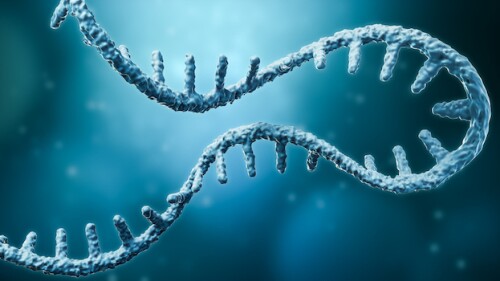The partnership will focus on Crescent’s PD-1/VEGF inhibitor CR-001 and Kelun-Biotech’s SKB105, both of which the companies plan to push into Phase I/II development for solid tumors early next year.
Companies who run their early-stage clinical development outside the U.S. would “experience higher fees” according to an FDA proposal made during the negotiation process for the eighth cycle of the user fee program.
Last week, Center for Biologics Evaluation and Research Director Vinay Prasad claimed in an internal memo—without providing evidence—that COVID-19 vaccines were responsible for the deaths of 10 children between 2021 and 2024.
Høeg is the fifth person to lead the Center for Drug Evaluation and Research this year.
In this episode of Denatured, Jennifer C. Smith-Parker speaks to Stacey Adam, PhD, Vice President of Science Partnerships at the Foundation for the National Institutes of Health and Patrick Smith, Senior Vice President, Translational Science at Certara, to discuss the latest regulatory news and the future for new approach methologies (NAMs) development.
For the second month in a row, job postings on BioSpace increased in key biopharma disciplines. However, application rates also increased.
FEATURED STORIES
Representatives from companies such as Sanofi and Forge Biologics point to the potential for PreCheck to drive activation of idle production capacity and help companies that are already building plants.
After a leading study caused the FDA to slap its most stringent warning on hormone replacement therapies for menopause more than two decades ago, the regulator is changing course in what FDA Commissioner Marty Makary called a “historic day for women in the United States.”
The cholesterol-lowering drug is part of a suite of medicines that also includes MariTide and that Amgen Chief Medical Officer Paul Burton hopes will make the company the “undisputed leader in the management of cardiometabolic risk for patients” by 2030.
A new generation of companies is eyeing the existing, sizeable hair loss market, hoping that better formulations and new scientific targets will finally produce treatments that are safer and more effective, as well as commercially successful.
The nausea and other gastrointestinal side effects of weight loss drugs like Novo Nordisk’s Wegovy or Eli Lilly’s Zepbound will limit how much these drugs can help patients and stunt the overall obesity market unless we approach the problem head on.
While investment has slowed in radiopharmaceuticals, analysts predict increased interest to come as Novartis shows just how successful radiopharmaceuticals can be.
LATEST PODCASTS
In this episode presented by PII, BioSpace’s head of insights discusses with guests Oliver Eden and Travis Webb how autoinjectors offer opportunities to improve delivery systems, patient compliance and clinical trial processes.
M&A headlined for a second straight week as Genmab acquired Merus for $8 billion; Pfizer strikes most-favored-nation deal with White House; CDER Director George Tidmarsh caused a stir with a now-deleted LinkedIn post; GSK CEO Emma Walmsley will step down from her role; and uniQure’s gene therapy offers new hope for patients with Huntington’s disease.
The FDA is hoping to repurpose GSK’s Wellcovorin for cerebral folate deficiency; Pfizer acquired fast-moving weight-loss startup Metsera for nearly $5 billion after suffering a hat trick of R&D failures; psychedelics are primed for M&A action and Eli Lilly may be next in line; RFK Jr.’s revamped CDC advisory committee met last week with confounding results; and Stealth secured its Barth approval.
Job Trends
Looking for a biopharma job in San Diego? Check out the BioSpace list of eight companies hiring life sciences professionals like you.
Subscribe to GenePool
Subscribe to BioSpace’s flagship publication including top headlines, special editions and life sciences’ most important breaking news
SPECIAL EDITIONS
In this deep dive BioSpace analyzes the neuropsychedelic therapeutics pipeline, which grabbed headlines in February when the FDA accepted the New Drug Application for Lykos Therapeutics’ MDMA capsules for PTSD.
In this deep dive, BioSpace takes a closer look at the drug price crisis in the U.S. As President Joe Biden and former President Donald Trump gear up for a rematch in the 2024 election, we explore how federal reforms to lower costs could be leveraged on the campaign trail.
The job response rate has risen year over year, according to BioSpace data, indicating competition for roles posted on our website has increased.
DEALS
-
The deal, announced early Sunday afternoon, will see Novartis gain access to Avidity’s neuroscience assets, while the San Diego biotech spins out a new company to shepherd its early-stage precision cardiology programs.
-
The $70 million upfront deal adds to a portfolio of drugs Biogen has been growing in various immunological conditions since 2024.
-
The cornerstone of the deal is Ixo-vec, an intravitreal gene therapy currently in Phase III development for wet age-related macular degeneration. Eli Lilly made another foray into genetic medicine in June, picking up Verve Therapeutics for up to $1.3 billion.
-
With Avadel under its fold, Alkermes expects to accelerate its expansion into the sleep market, laying the foundation for its late-stage narcolepsy asset alixorexton.
-
For $1.2 billion upfront and up to $10.2 billion in milestones, Takeda will gain access to a bispecific antibody fusion protein targeting both the PD-1 and IL-2 pathways, among other assets.
WEIGHT LOSS
-
Due to the litigation Pfizer filed Friday and Monday against Metsera, Novo Nordisk and the biotech’s lead shareholder, CEO Albert Bourla was limited in what he could say. But he said Pfizer was the best fit for Metsera.
-
Both companies have submitted revised bids, with Novo’s coming in $1.9 billion higher than Pfizer’s.
-
Novo Nordisk, under new CEO Maziar Mike Doustdar, has a new attitude. It’s making Pfizer livid.
-
CEO David Ricks wants Eli Lilly’s upcoming obesity pill to be accessible to patients who need it, but the company still needs to pay for the next generation of obesity medicines to come after that.
-
Mounjaro and Zepbound contributed more than $10 billion to the $11.98 billion in sales Lilly recorded for key products in the third quarter, despite price decreases for the GLP-1 medicines.
POLICY
-
President Donald Trump last week announced that 100% pharma tariffs would come Oct. 1, but a White House official has clarified that that’s when the government will “begin preparing” the levies.
-
At the heart of the agreement is Pfizer’s $70 billion commitment to U.S.-based manufacturing and an exemption from tariffs for three years. While the reaction was mostly positive from Wall Street, other observers noted that the benefits for patients are unclear at best.
-
Due to policies regarding industry user fees, the FDA will not be able to accept any new drug applications for the duration of the government shutdown, according to Leerink Partners.
-
Pfizer CEO Albert Bourla directly credited the threat of tariffs with leading to the deal, in which the company will offer drugs on a soon-to-be-launched website called TrumpRx.
-
Reshoring generic pharmaceutical production is essential in today’s era of geopolitical instability and heightened awareness surrounding national health security. And it is possible—if done right.
At Drexel University’s Graduate School of Biomedical Sciences and Professional Studies, graduate students and active professionals can take interdisciplinary, career-oriented programs designed to help launch their careers and take them to the next level.
Massachusetts’ increased investment in the life sciences industry includes boosting its life sciences tax incentive program by $10 million annually, aiding job creation in the state.
Many biopharma professionals view smaller companies as having the best flexibility and remote work options, but that doesn’t mean their larger counterparts are failing in that area. Several professionals, including Apogee Therapeutics and Insmed executives, share their insights.
Check out five New York companies hiring biopharma professionals like you, including 2025 Best Places to Work winners.
Plus, communication errors that cost job offers and how to craft a LinkedIn “About” section
Year-over-year BioSpace data shows there are fewer job postings live on the website and far more competition for them.
HOTBEDS
REPORTS
This labor market report examines Q3 life science job market trends and the recruitment outlook for Q4 and beyond.
BioSpace surveyed life sciences employers to understand attitudes and current trends on AI usage in recruiting. This report explores the benefits of using AI tools in recruitment and provides practical recommendations for HR and talent acquisition professionals to leverage AI effectively. Concurrently, this report highlights the challenges and risks of using these tools without critical thought and intention.
As competition for life sciences talent peaks, BioSpace has undertaken research to determine what employers can do to ensure they don’t lose out on talent they actually want to hire and retain.
CANCER
-
2025 has been a busy year for Boehringer Ingelheim, which has so far inked at least five hefty partnerships—including its latest one with South Korea’s AimedBio for an antibody-drug conjugate therapy for cancer.
-
The startup, launched out of CEO Kevin Parker’s grad school idyll during the COVID lockdowns, is primed to find new targets where Big Pharmas won’t dare.
-
Moderna’s mRNA-4359, when used with Keytruda, achieves a 24% overall objective response rate in patients with melanoma, with efficacy increasing to 67% in those positive for PD-L1.
-
Looking for a job in oncology? Check out the BioSpace list of nine companies hiring life sciences professionals like you.
-
The centerpiece of the deal is orelabrutinib, a BTK inhibitor in late-stage development for multiple sclerosis that Biogen once paid $125 million for but abandoned after less than two years of testing.
NEUROSCIENCE
-
Intellia earlier this year reported a similar grade 4 liver enzyme elevation associated with the gene therapy nexiguran ziclumeran, though analysts at BMO Capital Markets at the time brushed it off as a “non-concern.”
-
The BioSpace 40 Under 40 winner opens up about his very personal career transformation from wealth management to biotech—and what it’s like to develop a drug for amyotrophic lateral sclerosis and frontotemporal dementia as a potential patient himself.
-
Last month, “historic positive results” from uniQure’s gene therapy snapped the Huntington’s community out of years of failure. As the biotech prepares to submit for FDA approval, BioSpace looks at four more candidates on the near horizon.
-
Pivotal results from uniQure’s gene therapy for Huntington’s disease have brought new light to patients who have known only disappointment in recent years—but one expert worries that communication of the results is creating “false expectations.”
-
This represents Alector’s second failed neurodegenerative asset in a year, after an AbbVie-partnered asset missed in Alzheimer’s last November. On latozinemab for frontotemporal dementia, Alector was working with GSK, which fronted $700 million in 2021 to collaborate on two programs.
CELL AND GENE THERAPY
-
AviadoBio will have the option to exclusively license UGX-202, a vision-restoring gene therapy for the rare eye condition retinitis pigmentosa.
-
The $48 million award, granted through the Advanced Research Projects Agency for Health, will help Kernal take its in vivo mRNA-encoded CAR T therapy forward.
-
The U.S. government remains shut down, with the FDA closed for new drug applications until further notice; cell and gene therapy leaders gather for the annual meeting in Phoenix with the field in a state of flux; Pfizer and Amgen will make drugs available at a discount as President Donald Trump’s tariffs still loom; and new regulatory documents show how Pfizer beat out the competition for Metsera.
-
Takeda wanted to create something new in the cell therapy world by combining the technology with T cell engagers. A series of acquisitions in 2021 started the process.
-
Rocket Pharmaceuticals’ strategic realignment initiative in July pulled funding from fanca-cel, which the biotech was developing for Fanconi anemia.





